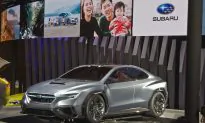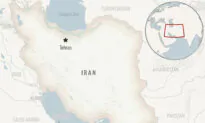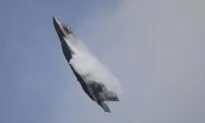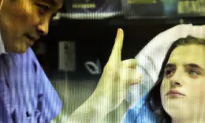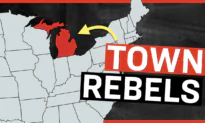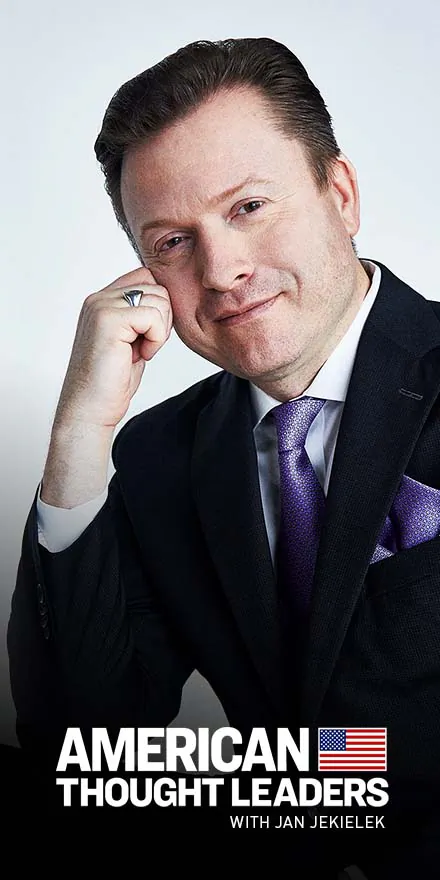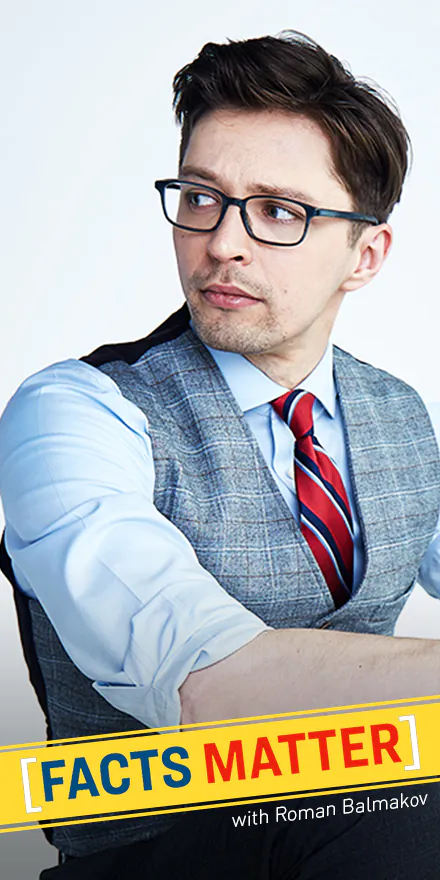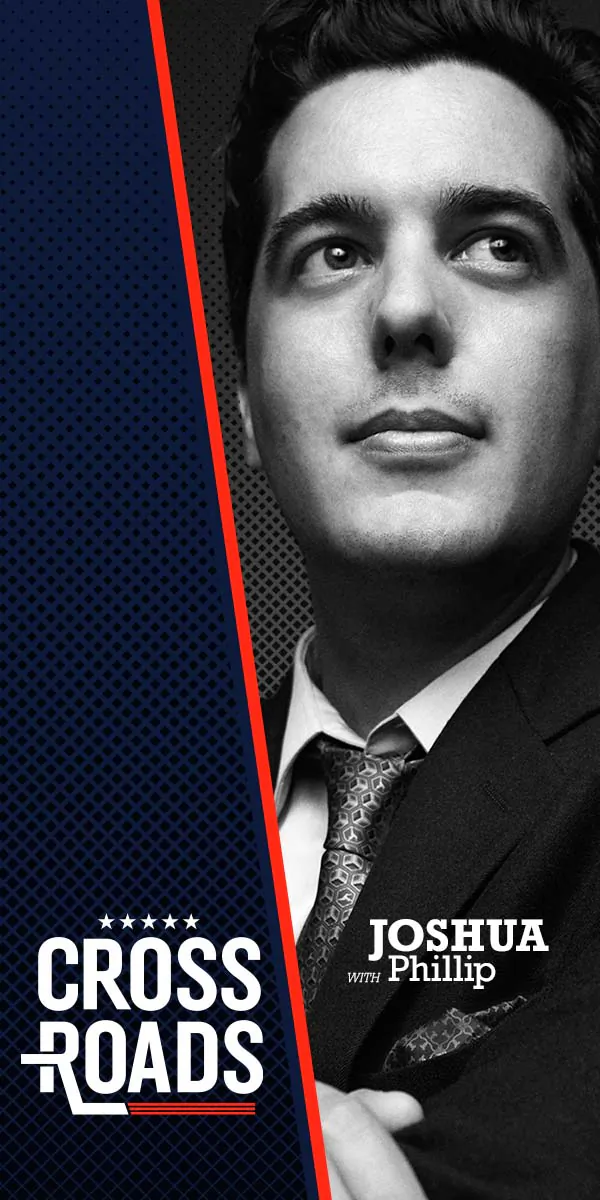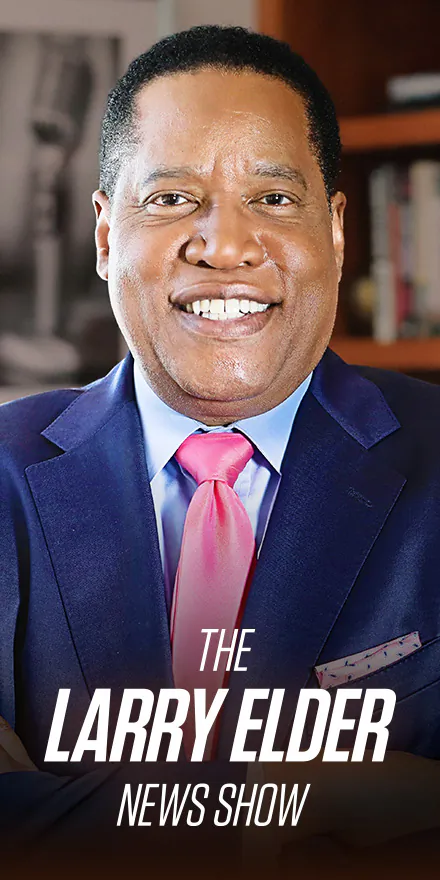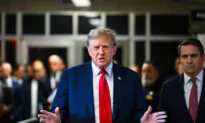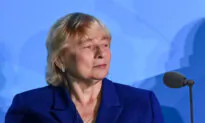Although China is Subaru’s fifth largest market after the U.S, Japan, Canada, and Australia, it’s the only Japanese manufacturer without a production facility in that enormous market. Auto manufacturing is strictly regulated in China, and international companies are prohibited from operating alone in the Chinese economy, and must form joint ventures with local companies. Furthermore, while Chinese companies can create as many alliances as they want, foreign companies are restricted to only two. Subaru’s previous attempts to form a partnership with Chery were quashed by the Chinese government since their parent company, Fuji Heavy Industries (now called SBR), already has two ventures in China with Toyota, their largest shareholder. It’s nearly impossible to compete in the Chinese market without domestic manufacturing thanks to its 25 percent import tax—so it’s safe to assume that Subaru hasn’t quite given up on those plans of expanding into China.
Here in Canada, Subaru has set six consecutive annual sales records. In 2017 the booming Canadian automotive market grew by 4.6 percent while Subaru achieved a sales increase of 8.7 percent and set a new all-time record of 54,570 vehicle sales. That’s a mainstream-size sales number for this somewhat niche automaker.
During a recent conversation with Ted Lalka, Subaru Canada’s vice president of Product Management, Marketing and Customer Experience, we discussed the absence of a Chinese presence, and the importance of the North American market its influence on their product lineup.

“You have to remember, Subaru is a relatively small manufacturer. We only have two manufacturing facilities in Japan, and another in Indiana, therefore our strategy is to offer customers with unique alternatives to mainstream competitors’ vehicles. “Our parent company SBR (Subaru Corporation) has identified North America as a real area of focus and growth opportunity. So our product lineup reflects the needs of our customers here in Canada” said Mr. Lalka.
“For example in 2010, Legacy and Outback grew substantially in size and we saw an immediate uptick in sales. So it’s not a matter of being big for the sake of being big, it’s just being the right size for our customers”.
The second vehicle on the new Subaru Global Platform, Crosstrek (Impreza was first) launched this past summer “has been a huge success. Our biggest challenge has been keeping up with customer orders”.
The next vehicle to be built on this platform will be the Ascent full-size, 3-row SUV scheduled to arrive here in summer of 2018. “It has seating for seven or eight” said Mr. Lalka. “There is ample room for up to eight people in the Ascent. But what makes it truly unique is that even when you have the third row up, there’s still a good amount of cargo space in the vehicle.”
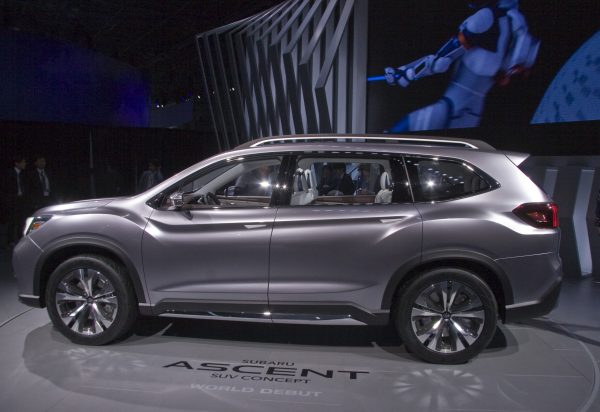
Ascent has been designed specifically for the North American market, so it’s only going to be sold in Canada and the United States. It was unveiled at the LA Auto Show, which makes a lot of sense since that’s where the target market is.”
Although the Impreza was the first to debut with the new Global platform, the WRX—now a separate model—is still underpinned by the previous architecture. Fans waiting with bated breath for the announcement of a next-generation WRX were somewhat pacified by the debut of the Viziv Performance Concept unveiled at the Tokyo Auto Show. While Subaru would not confirm it as the new WRX, the Viziv was introduced by CEO Yasuyuki Yoshinaga with a backdrop video of WRC-spec Imprezas sending up plumes of dust as they tore across the world rally stages. Viziv, short for “Vision for Innovation” is substantially larger than the current WRX but its modular platform, which will eventually find its way under everything in the Subaru lineup, is easily adapted to larger vehicles. Using high-tensile steel and structural adhesives, the architecture is 70 percent stiffer than the previous platform and 40 percent more efficient at crash absorption—not to mention providing greatly enhanced driving dynamics. Approximately 70mm longer than the current car, the Viziv’s extra length will alleviate the WRX’s previously cramped rear seating.
The Japanese automaker’s skunk-works division, Subaru Technica International (STI), plans to produce even more high-performance machines in the future. Available in Canada soon, is a North American special edition of the BRZ sports coupe called the BRZ tS tuned by STI. According to Mr. Lalka, while the BRZ tS still uses the same engine and transmission “every other aspect of the vehicle; the braking system, the suspension system has been redone by STI to make it even sharper, more crisp.”
The tS will be available in a limited number; only 100 vehicles are earmarked for Canada.
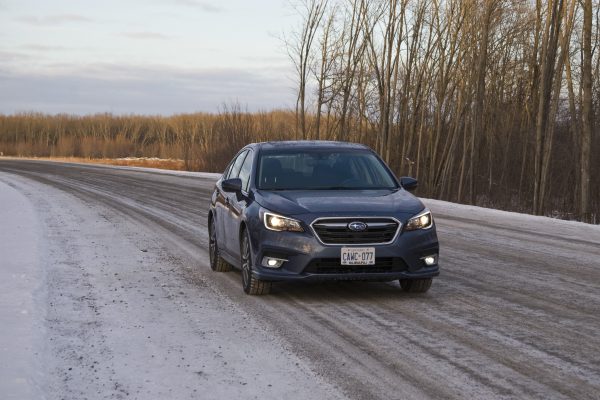
Mr. Lalka says that the “WRX has been a huge success for us. We sold 4,616 WRX and STI in Canada last year. Between the BRZ and WRX and WRX STI,—we have 16 percent of the (sport car) segment. It’s not a huge segment but it is a very important segment and we are very well represented there. ”
The WRX plays a “halo car” role in the Subaru lineup, “and is largely responsible for generating an image of durability and safety.
“And those things are fundamental in what you’re looking for in a car”, said Mr. Lalka, “You expect it to last a long time, you expect it to protect you in the event of an accident. But the performance side is one of the things that adds excitement to the brand.”
Reminiscing about a family next door with small children who’d unexpectedly come home with a new WRX, Mr. Lalka said ” they’re very responsible parents but decided they wanted to have some fun. Sometimes you think that it’s just those young guys who wear baseball caps to the side, but that’s not true—it has a wide-ranging appeal. The WRX has four doors, it’s easy to get in and get out of the rear seat for the kids and it’s also got the Subaru safety and symmetrical all-wheel drive. ”
Winner of several manufacturer’s and driver’s championships, the WRX has earned Subaru a reputation as one of the toughest competitors on the world rally stages. The most grueling endurance test in motorsport, rally races take place on the most challenging conditions. “Virtually any kind of weather, any kind of road—in some cases it doesn’t even look like a road” said Mr. Lalka. “It has to be able to withstand the punishment of those things, but it also has to be an extremely safe vehicle because they sometimes lose control and go off the side, so you want something that’s going to protect you. ”
“There’s a good number of people who follow rally in Canada. But even those who don’t follow it know Subaru’s reputation in motorsport and understand what it represents. ”
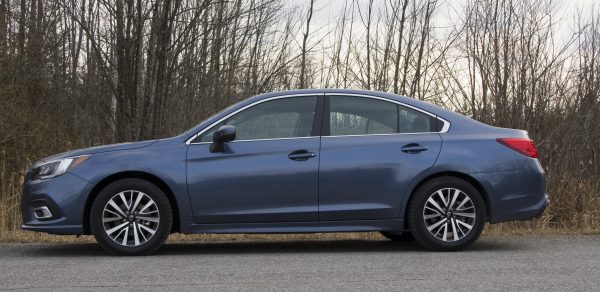
While the average consumer may not care about rally sport, the WRX’s competitive legacy plays a valuable role in brand-recognition—the message being that any vehicle that can protect its occupants while enduring that kind of abuse will most certainly be safe for their families.
For most people, safety is one of the most important criteria when shopping for a vehicle.
Subaru’s introduction of the EyeSight Safety package on some 2013 models made news—since that level of driver assist technology was previously available only on premium luxury vehicles and usually at considerable cost. The system, which incorporates adaptive cruise control, lane-keeping assist, and pre-collision avoidance, was an immediate hit with buyers and soon became available throughout the lineup.
“The number of people ordering vehicles with Eyesight is steadily increasing” said Mr. Lalka
” We don’t decide how many cars to build and push it on dealers. It’s more of a pull system, the dealers order what their customers want and then we fulfill that. So, in the case of the Legacy and Outback, nearly 70 percent of our customers are selecting models that are equipped with Eyesight. When you move into a compact car, the percentage is lower, but it continues to grow.”

We learned at the Tokyo Motor Show that Subaru’s recently completed Hokkaido facility is currently testing a next-generation version of these driving technologies, which include upgraded GPS navigation, radar and camera systems, and a new Touring Assist program. Adaptive cruise control now includes automated steering when following other vehicles in its lane. The updated Eyesight package, which will debut with the Viziv, should make its way into the rest of the Subaru lineup by 2020.
” Our vehicles have always done exceedingly well in crash tests performed by the IIHS (Insurance Institute for Highway Safety) said Mr. Lalka” IIHS recently tightened their already strict regulatory testing and the number of vehicles to be awarded “Top Safety Pick” have dropped by half. “Impreza was the only small car to pass the Top Safety Pick Plus designation” he said. That’s really thanks to the new Global platform.”
The highly adaptable platform will eventually underpin the entire future lineup and was planned with plug-in hybrid and electric vehicles in mind. That’s a tall order when you consider that it must also accommodate the brand’s reputation for versatility, with SUV and crossover models boasting 220 mm of ground clearance.
Mr. Lalka sums up the company’s “Confidence in motion” tagline into four pillars; safety, functionality, driving enjoyment, and durability.
One of the things they’re most proud of, he said, “is that 98 percent of Subarus sold in Canada over the last 10 years are still on the road, which makes it exceedingly difficult for anyone looking to buy a used one.
“People buy them and keep them in the family”
Lesley Wimbush is an award-winning automotive writer and illustrator whose works have appeared in newspapers and magazines across North America. She is a member of the jury for the North American Car and Truck of the Year (NACTOY).
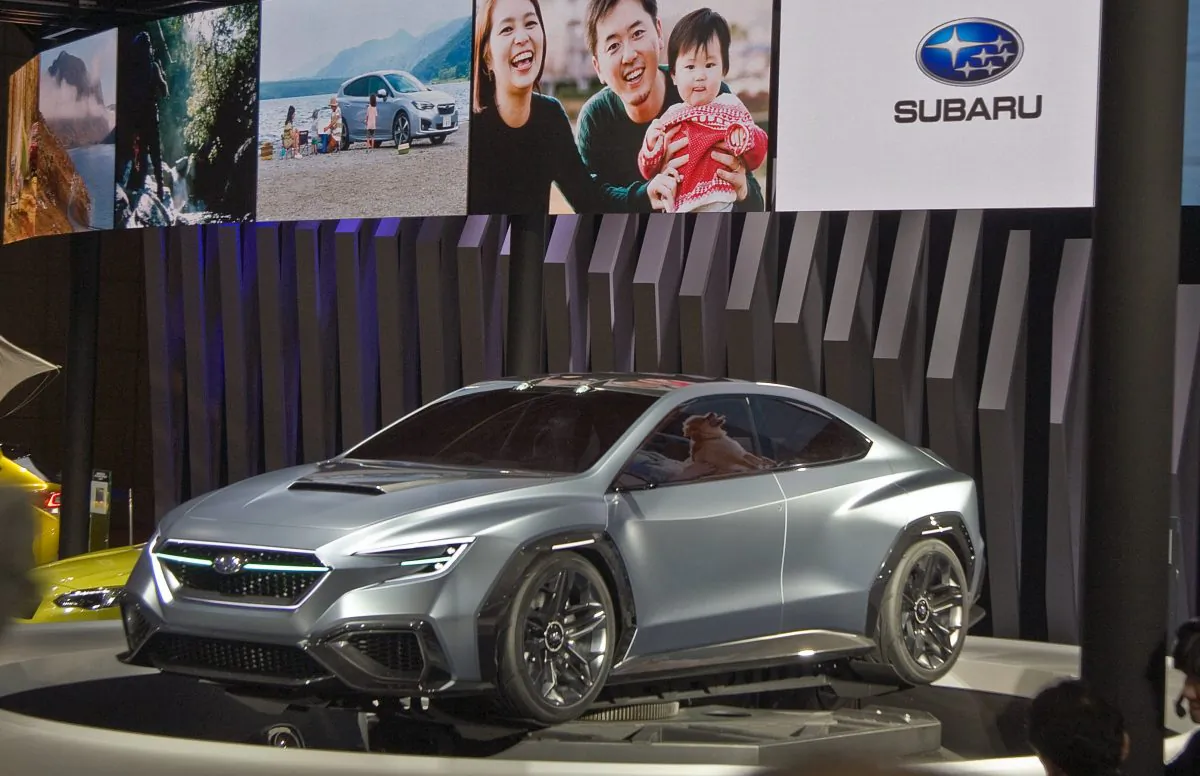
 Friends Read Free
Copy
Facebook
Tweet
Friends Read Free
Copy
Facebook
Tweet


